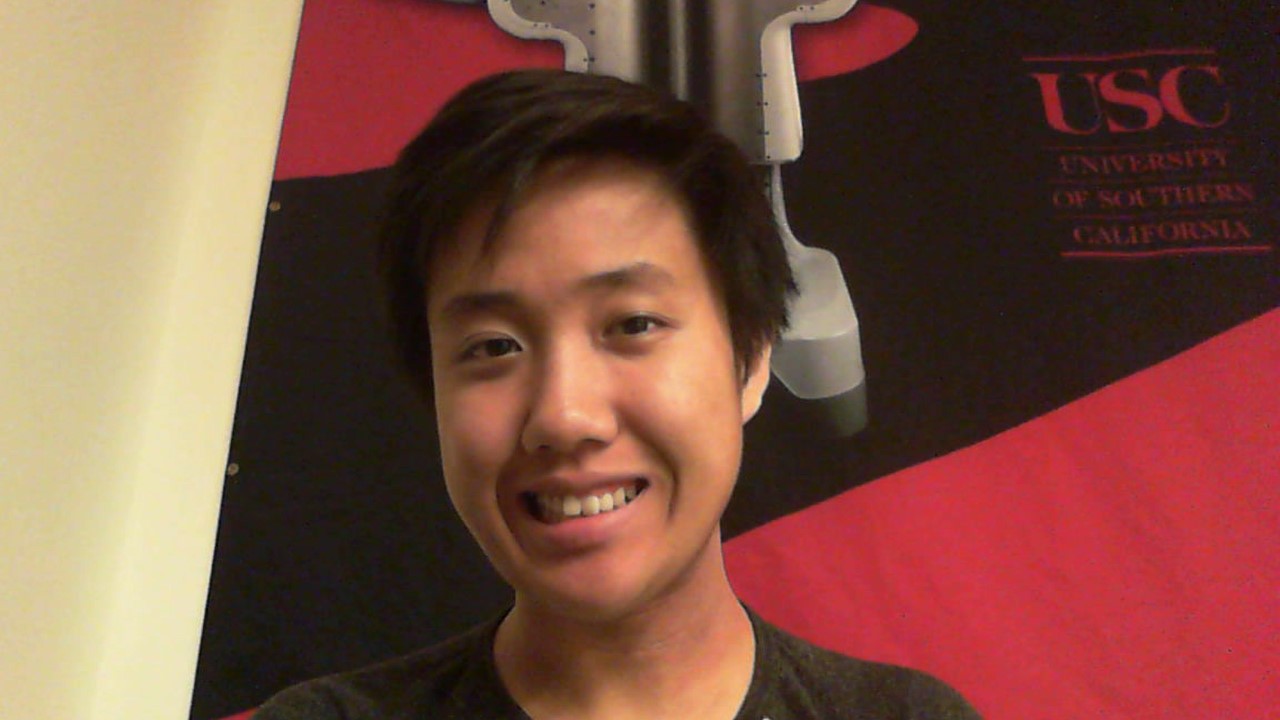Week One
I began with the brainstorming ideas for an emotionally expressive robot.
I already had a general idea of how I wanted to approach the design; I wanted not only the ability to have distinct expressions,
but also look as appealing to the eye as possible. I took an inpiration from old cartoons involving human like characters
such as Goofy from Disney and Bugs Bunny from the Warner Bros. animation. < images of the designs>
Animated animals not only retain key facial features, such as nose, eye brows, eyes, lips, cheek muscle, and wrinkles
for expressions, they also have their own features that are unique to each animal. These features include, but are not limited to:
ears (like rabbits), whiskers, and tails. Another inspiration that I was influenced by was animatronics. Animatronic is a film technique that creates realistic characters without the use of CG animations.
The robot will be controlled by technicians who would control various parts of the character. A clear example of the use of animatronics is in Star Wars seen in this video. Animatronics is an efficent design that which the user
would have full control of the movement of the robot with ease.
I chose ears as my mode of expression because now only will I have enough control over its
movement, I felt that ears can have enough motions of show various expressions.Halfway into the week, I began designing the ears and suit the design in accordance to the avaliable resources. I materals used
are lego parts you would see in the instructional Lego Mindstorm kit and custom made metal parts provided by Kiss Institute for Practical Robots (KIPR).
I had two designs of the ears.The first design was having a servo at the base of the ear to allow the ears to lean in or outwards.
Another two servos will be attatched at each base of the ears to have the ears lean forward or backward. A set of two microservos were
attatched to each joint of the ear between the upper ear and the lower ear. The second design was to only move the upper section of the ear. With a single gear that would turn by a servo, the rotation will raise or lower a bar
which will lean the upper ear straight up or down front. This would completely restrict the movement of the lower portion of the ear but in turn would create a more realistic ear movement.
Week Two
I began with the contruction of the first design because it had more control and felt that it would give me much easier time to program the ear movements, since I would be able to move the servos however I want.
The contruction took about a few days. To program, I used the KISS IDE library with KIPR's Link module. Just for a test I created a program where the ears would move back and forth like an idle position Here is the initial code used. *code example* (Alot of the functions used were from the KISS IDE library.)
The immediate problem that arose was the weight of the ears. The miniservos attatched to the joints of the ears were extra weights and extra weights meant slight momentum to take into consideration.
With the momentum slowing down the ears, programming was going to be much more difficult and the values for the movements to be more specific and defined, which would make the ears seem much more mechanical.
The motion also seemed very rigid, regardless of the speed of the servo. I decided the scrap the first deisgn and move on to the second design.
Week Three
Building the second design took much longer than I had expected, finding the pieces at right length and complementing the lego parts with custom made metal parts was a bit complicated, however, I was able to finish building the model.
Still this design was much easier to build and code than the first design for a couple of reasons.
The second design required considerably less pieces than the first design
The second design was much more compact with only two servos which were at the base.
The second design had a much lighter ear, allowing me to program without worrying about the weight of the servos creating a drag.
Even though the second design had only two servos controlling the ears, the design allowed a controlled movement sufficent enough for me.
I began looking at emotions to start programming.
 About me
About me